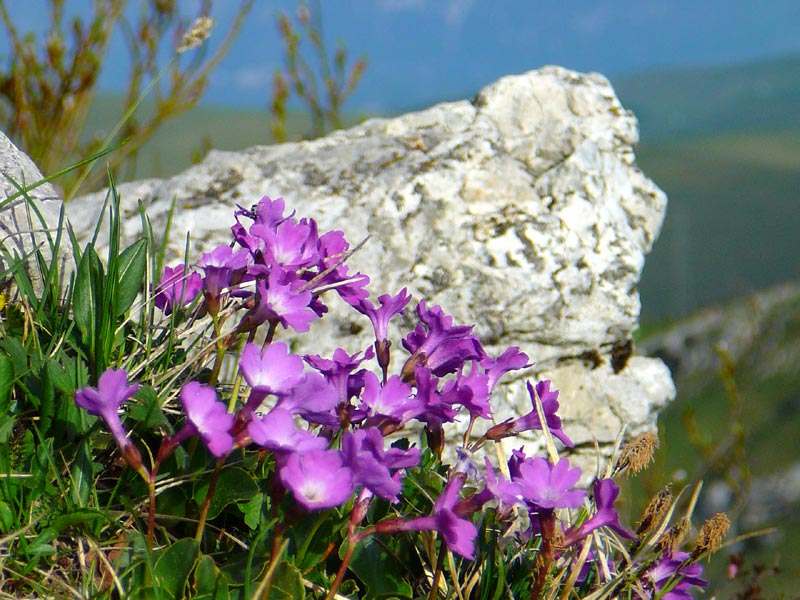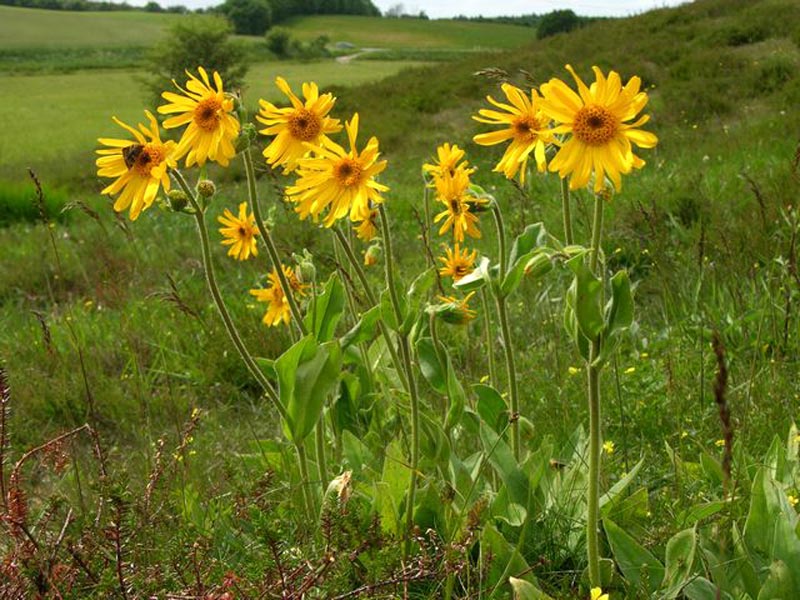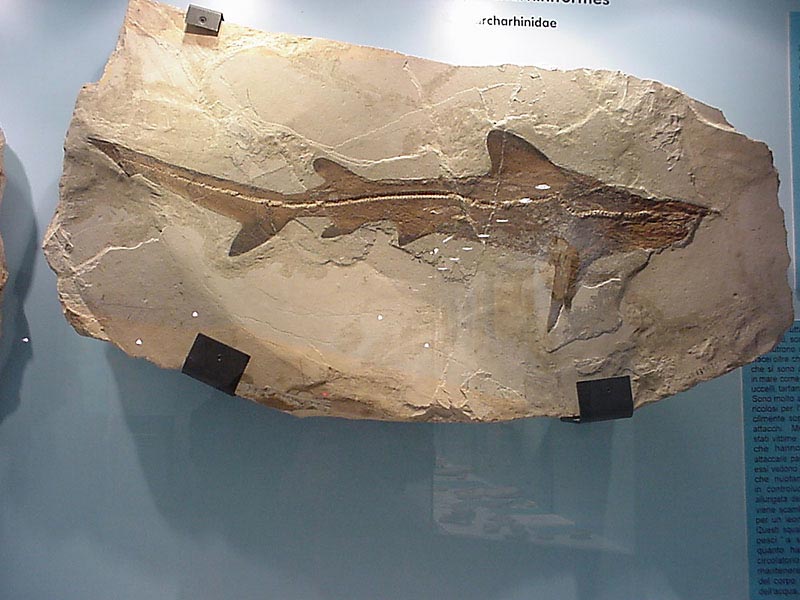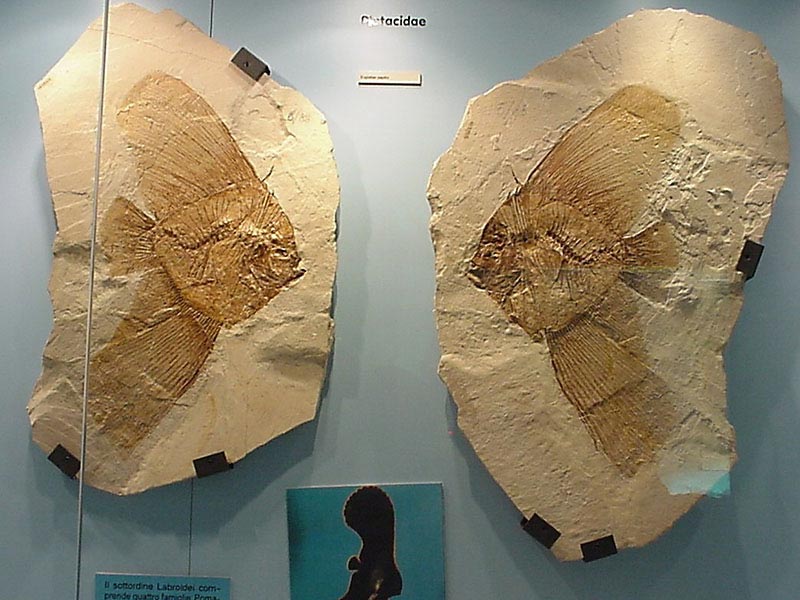Protected Area
Identity Card
- Lessinia Regional Park:
- Land Surface Area: 10'201.00 ha
- Lower altitude (m): 200
- Higher altitude (m): 1'990
- Regions: Veneto
- Provinces: Verona, Vicenza
- Municipalities: Altissimo, Bosco Chiesanuova, Crespadoro, Dolcè, Erbezzo, Fumane, Grezzana, Marano di Valpolicella, Roncà, Roverè Veronese, San Giovanni Ilarione, Sant'Anna d'Alfaedo, Selva di Progno, Velo Veronese, Vestenanova
- Establishment Measures: LR 23 26/06/2018
- PA Official List: EUAP0241
- Park Authority: Ente Parco Naturale Regionale della Lessinia
- Further managed Protected Areas:
- SIC e ZPS Monti Lessini - Pasubio - Piccole Dolomiti Vicentine
- SIC e ZPS Monti Lessini: Ponte di Veja, Vaio della Marciora
The Park
Lessinia Park has been established by Regione
del Veneto with the law no. 12 of 30th January 1990. It covers the
plateau of Lessini Mountains, behind Verona and at the border with the
province of Trento.
The analysis of the main elements forming the
landscape of Lessinia leads to the reconstruction of the naturalistic,
historical, environmental, and ethnic features leading to the Park
establishment and making it a unique case in the context of the
regional and national protected areas.
The Park covers over 100 square km including the green pastures of
Upper Lessini and the deep valleys, called "vaj" of Marciora, Falconi,
and Anguilla, all tributaries of Valpantena, Squaranto, Revolto, and
Val Fraselle extensions of Val d'Illasi. The plateau is characterized
by a typical prealpine landscape, with large ridges marked by
depressions and valleys with meadows and pastures alternating with
hornbeam, beech, and spruce fir woods. The stretches of forest, more
widespread on the slopes of the vaj, are evidences of the ancient
dominance of the woods before man revealed the real silhouettes of the
mountains, extending the pastures with a meticulous and widespread
cutting activity which probably began in the Neolithic Age.
(the following links lead to Italian texts)
Fossil Deposits
Without a doubt, Bolca is the most fascinating location of the Park and visitors will be astonished by the extraordinary tale they will find in the local museum. It is not easy to believe that in the past, instead of Bolca and Lessinia, the area was covered with a warm sea rich in tropical flora and fauna. It is exactly what we will discover in the museum: how 50 million years ago this area was covered with a big sea rich in many fish and plants.
Further information (Italian text)
History and Culture
Lessinia, beautiful and near
Lessinia offers multiple
readings. Walking along its trails, analyzing it and trying to discover
its history, the reasons of its features, you will always discover
something new.
Art and Culture: as the most evident artistic
expression linked to the religious culture, we have stone stelae with
bas-relief sacred representations, very simple and intense. They were
scattered throughout Upper Lessinia: many of them have been lost,
others can be seen in their original setting, in the natural
environment that represents the best setting for them. Besides the
sacred stelae, there are also many houses painted with frescoes, in
particular with sacred representations. Sundials are also worth a
mention. But art and culture are not limited to these evidences.
Lessinia is rich in a civil architecture including malghe and village
buildings highlighting the building skills of the ancient inhabitants.
(the following links lead to Italian texts)
The Museums
The museums can be divided into the following groups:
Ethnography and Anthropology: collection, preservation, documentation, and enhancement of the evidences of the material culture, customs, and traditions of Lessinia:
- Crespadoro Ethnographic Museum
- Gaji Mill in Vestenanova
- "Museo dei Trombini" in San Bartolomeo delle Montagne
- Wrought Iron and Ancient Professions Museum in Cogollo di Tregnago
- Cimbrian Culture Center - Cimbrian Museum in Giazza
- Ergology Museum "La Giassara" in Cerro Veronese
- Municipal Ethnographic Museum "La Lessinia: l'uomo e l'ambiente" in Bosco Chiesanuova, with the sections of Baito della Coletta and Giassara del Grietz
- Bellori Mill - Lugo di Grezzana.
Geology and Paleontology: preservation of the fossil material and promotion of the knowledge of the paleontological itineraries of Lessinia, in relationship with environmental education:
- Roncà Paleontological Museum
- Bolca Fossil Museum with the annexed Pesciara
- Camposilvano Geopaleontological Museum and Covolo
- Paleontology Section in Sant'Anna d'Alfaedo Museum
- Monte Capriolo Cave in Roverè Veronese.
Prehistory and Archeology: preservation, documentation, and enhancement of the evidences and materials regarding the prehistory and archeology of Lessinia:
- Prehistory Section in Sant'Anna d'Alfaedo Museum
- Fumane Cave.
Flora and Wildlife: promotion of the study, documentation, and enhancement of the local flora and fauna:
- Molina Botany Museum, with the nearby Waterfalls Park
- Flora-Wildlife area of Malga Derocon in Erbezzo.
Further information (Italian text)










